"Ladies Garments: The Baste-Up And Try-On" - 1922 - Part 1
From the Sartorial Gazette - June 1922
The baste-up and try-on of ladies' garments are among the most important subjects in the ladies' tailoring trade.
You may posses the most excellent designs, choicest of materials, exquisite trimmings, and be able to produce the most unique appearance in the making of a lady's garment, but none of these will work up a ladies' trade unless the tailor is also expert in the process of baste-up and try-on. Whereas, on the other hand, if he is an expert in these parts of the tailoring business, he can almost snap his fingers at the rest. The trade periodicals will provide the various styles, in the shape of fashion plates and sketches, wholesale houses will supply the newest and choicest patterns of cloths and trimmings, and the ladies themselves will often prefer tomato their own choice of stuffs and styles and how they want it put together. In fact, every element necessary for success can be had for the asking, except the ability to baste-up and try-on correctly.
As a rule, I, personally, prefer not to flash-baste-up for a lady; it is very tricky work even when well done. I, fid it far more reliable to cut as exact as possible and fit o with a more forward baste-up and then fit several times after that; not only so, but some ladies like plenty of fittings. So we will start with a "flash".
Nevertheless, I would like to press home the truth that it is far better, far easier, and very much more satisfactory in result, to start with a carefully cut garment, no matter whether it is for a close fitting garment or a loose hanging coat, than to risk starting with a bad or unsuitable cut. So, if you cannot personally produce it yourself, use good blocks or some other reliable method.
The Flash-Baste-Up
In marking up, in addition to putting close threads in all inlays, put markings fright through for waist level. This waist level should be chalked in by the cutter, and if it does not come true in the baste, attention should be called to it. This waist line, for all garments, will act as balance marks, and guid in tacking, making, fitting and altering, from the beginning to the finish of the garment. For this flash-baste-up, don't press any seams, but tack them outward, as it makes it so much easier and more reliable in the first try-on. No linings should be tacked in this first fit, but should be allowed for when fitting, as wells as for the seams being tacked outward.
The collar is a most important item. One too long or too short, will mar the whole garment. It is well to have a good many made up, in different lengths and depth of stand and fall, as well as different shapes. They can be neatly padded and will add to the appearance of the garment when fitting, if kept clean, and, after fitting, can be used as a guide to cut the correct collar by. This will prove far more reliable than the flimsy canvas collar that I have seen tacked on in some shops.
It is the custom, I know, in most houses, to have a strip of "stay" tacked down inside the fronts about two inches wide, with holed cut in as dummy button holes, but this is quite unnecessary and, in fact, not as good as pins.
Now, having take the precaution to cut as near to perfections as possible, and tacked in the forgoing manner, it should be fairly easy work in the try-on.

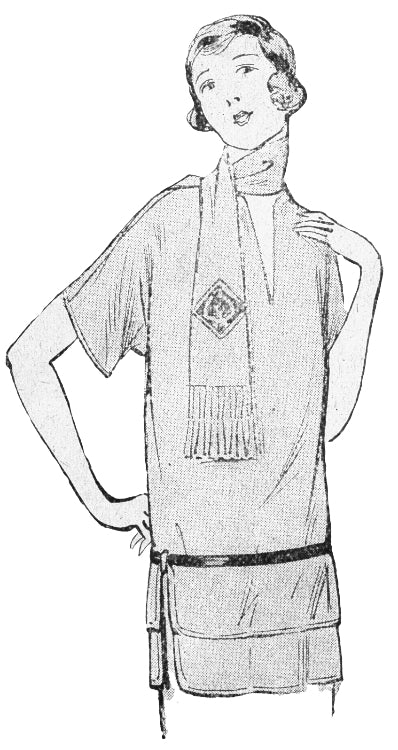
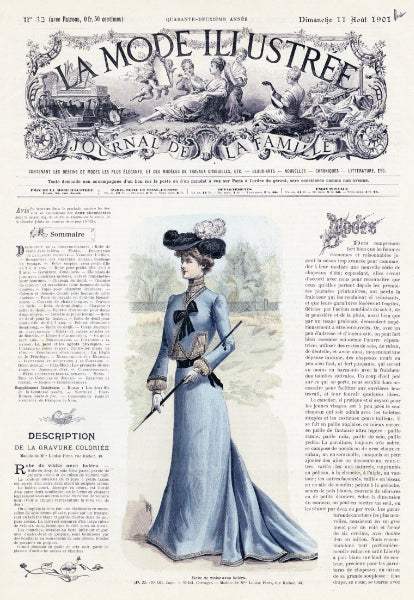
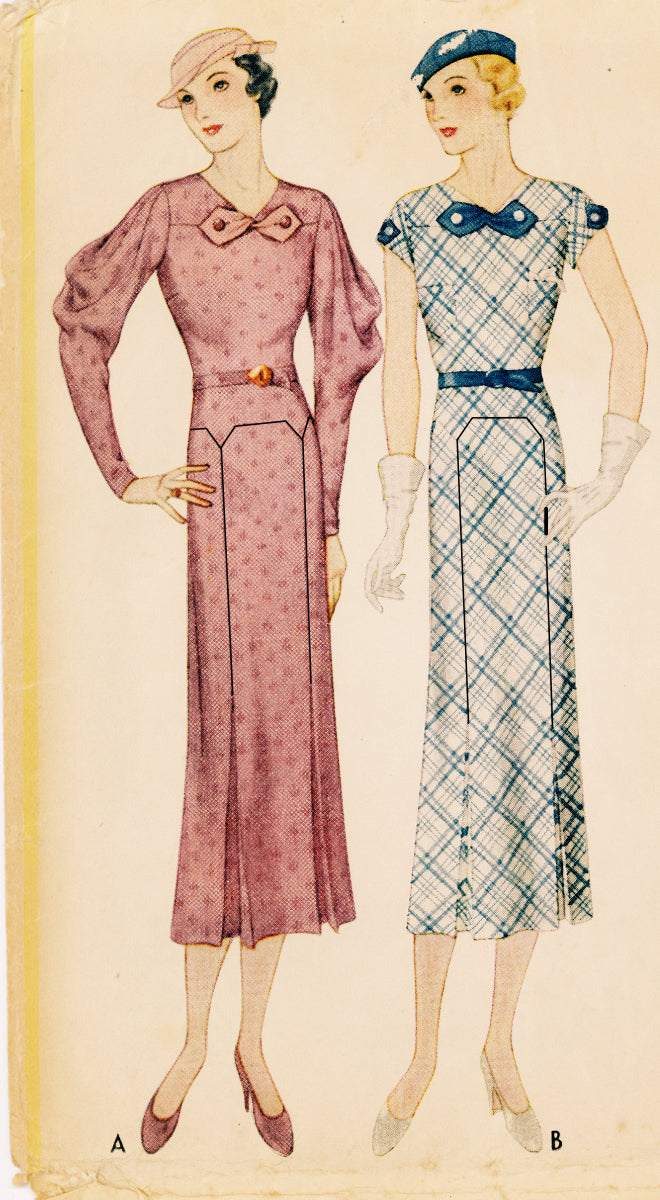
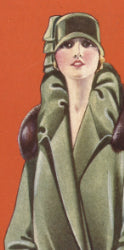
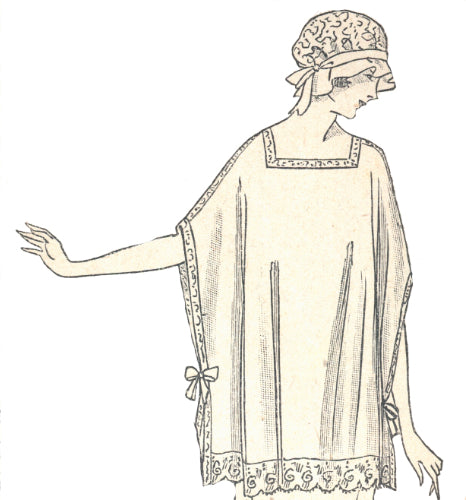
0 comment